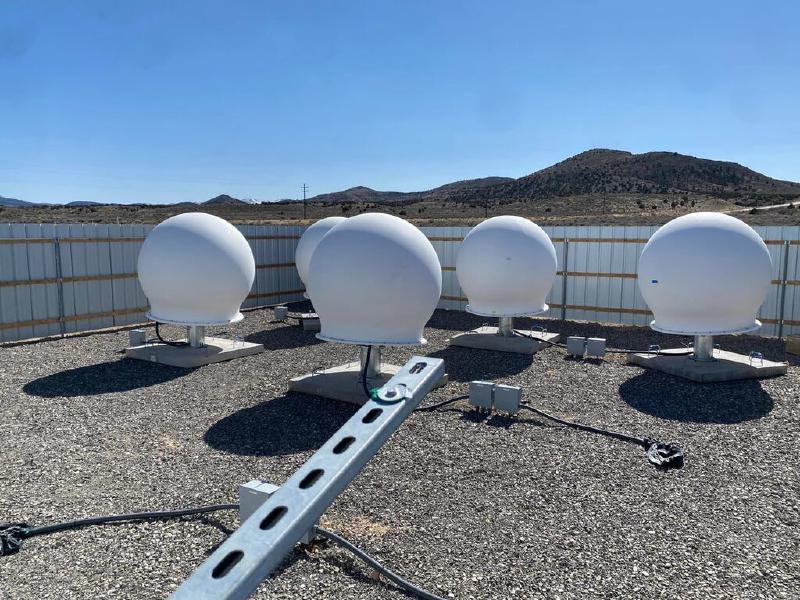Revolutionizing Connectivity
Kenya has long been at the forefront of digital innovation in Africa, with mobile money solutions like MPesa gaining global recognition. Yet, when it comes to internet connectivity, many rural and underserved regions still face significant challenges, from poor infrastructure to limited access to high-speed broadband. Starlink, SpaceX’s satellite internet initiative, promises to revolutionize this landscape, bringing reliable internet to even the most remote areas. Coupled with POP (Point of Presence), a local connectivity solution, this technology is poised to make a significant impact on Kenya’s internet ecosystem.
What is POP?
A Point of Presence (POP) refers to a physical location or facility where an internet service provider (ISP) or telecom operator connects to the internet backbone.
Starlink traffic typically joins the broader internet infrastructure at ground stations, which are strategically located around the world. These ground stations connect the satellite network to fiber-optic backbones or internet exchanges (IXs), where it interconnects with the global internet infrastructure.
At these ground stations, Starlink’s satellite traffic is handed off to fiber-optic cables that link up to major internet exchanges or data centers. From there, the traffic flows into larger ISPs’ networks, internet backbone providers, or directly into internet exchanges, where it can be distributed to various destinations across the globe.
This setup allows Starlink’s satellite traffic to integrate with traditional fiber-optic and terrestrial internet networks, ensuring that it can deliver content and services seamlessly to end users while benefiting from the global infrastructure of internet exchanges and backbone providers.
Starlink POP in Kenya: Game-Changer in the connectivity landscape
With the introduction of a Starlink POP in Kenya, latency has drastically improved, reducing from the previous range of 60ms to 170ms down to 18ms to 40ms. This dramatic decrease in latency has a significant impact on real-time internet applications, enhancing the user experience for Starlink customers across Kenya.
Latency Comparison: Before vs. After Starlink POP
Before (Latency: 60ms to 170ms)
Without a local POP, traffic was routed through other hubs in Lagos, London, or Frankfurt, leading to increased latency. Here’s how it affected real-time applications:
- Longer Routing Paths: Traffic had to travel long distances to distant international IXPs (internet exchange points).
- Congestion in Hubs: When all African traffic is routed through the closest POP it resulted congestion and delays, especially during peak traffic times. SpaceX tried to work around this by routing traffic through other POPs via inter-satellite laser links.
- Multiple Satellite Hops: Traffic passed through several satellite nodes, each introducing a slight delay.
After POP (Latency: 18ms to 40ms)
Now traffic is routed locally, significantly reducing latency and improving the user experience:
- Local Routing: For routing of local web traffic this is a welcomed improvement. Imagine connecting to a local IP but your traffic has to go to London and back.
- Fewer Satellite Hops: Less time spent passing through satellite nodes, leading to faster delivery.
The Starlink POP in Kenya is a game-changer, delivering fiber-like performance and opening up new digital opportunities for Kenyan users, positioning the country as a hub for the growing digital economy in Africa.

